No doubt it will happen, because the Tories will not dare oppose it, but is there any conceivable good reason why 16-year-olds should have the vote, as first Alex Salmond, then the Liberals, and this week Ed Miliband have promised? The argument is that giving people the vote makes them feel empowered. But the sad fact about human nature is that once you have won a right, you quickly take it for granted. I am part of the first generation to have had the vote at 18 rather than 21. We were quite pleased by this, but less interested than our parents’ generation. Our children’s generation is astonishingly uninterested. If 16-year-olds get the vote, they may feel fleeting excitement — and, because most children know nothing about money, may be more likely to vote Labour — but after a few years, they will get bored and then people will start demanding a human right to vote at 14, or 12, or eight. Virtually no 16-year-olds pay tax. It is often said that there should be no taxation without representation, but the sentence is also true when reversed. If you are not paying and never have paid tax, I do not really understand why you should have a say in its distribution.
In the days when the franchise was less extended, our future first Prime Minister Robert Walpole entered Parliament as the member for Castle Rising in Norfolk. It was there that I spent last weekend. On Sunday, we drove over to Houghton to see the astonishing exhibition of the Walpole paintings which Catherine the Great bought from the Prime Minister’s grandson when he was going bust. Records were kept of what hung where. Now, thanks to the co-operation of the Hermitage, they temporarily hang there again. The show has been so successful that it has been extended for another couple of months. The collection was Walpole’s personal one, and it is a reminder that it really was worth being Prime Minister in those days. Much of his wealth derived from his use of power and patronage. This would not find favour with our own dear Committee on Standards in Public Life, but it did have two advantages. The first was that a place of great beauty was built, landscaped, furnished and adorned. The second was that the plunder of the public purse, though no doubt deplorable, was so much smaller than our own. Then, it was enough to get a stately pile and control the interest of sufficient rotten boroughs to stay on top. Today, it is proposed that the taxpayer should pay £50 billion for HS2 purely so that the Tories can say that they are against the North/South divide
David Cholmondeley, the present owner, kindly told us some of the story. Catherine the Great paid £40,000 (in 1779). This amounts to something like £58 million today using average earnings, and only £4,410,000 using the retail price index. So, as he pointed out, paintings were much less valuable then than now. Today, the Poussin Holy Family would make that much alone. Even the most oligarchic Russian would be hard-pressed to afford the whole lot. It is frightening what great art, let alone contemporary art, now costs. This is caused by a surplus of money in the world, but also by the pernicious influence of state museums on patronage and thus on markets. Now, as then, public funds underwrite the pleasures of the rich. Now, unlike then, taxes bear heavily on the poor.
With his own money, however, Lord Cholmondeley has adorned Houghton with two fascinating works of contemporary art. Both are by James Turrell. Hidden in the garden is an oak house on stilts. It contains only one room, which is called ‘Skyspace’. You sit or lie on the benches which hug the walls, and look up at a white square which frames whatever the weather is doing. On Sunday, it was sunny, with wisps of cloud, so we gazed, waiting until the frame turned pure blue. It is a literally heavenly occupation. Then David let us in to the Water Tower, built for Walpole by Lord Pembroke. He switched on, one might say, the dark. It was velvet black and we all had to hold hands along a little passage to the inner chamber. There we sat and watched as what looked like a white canvas screen very slowly lit itself and then changed colour, ending up, after ten minutes, more or less red. The way this ‘blood-dimmed tide’ seeped in was subtle and strange. Before leaving, we approached the screen, seeking to touch it. You can’t. It is not a screen at all but a sort of enormous hole which gives the illusion of tangibility, a trompe l’oeil of a 21st-century kind.
Later that day, I went on to Cambridge to interview the great former Soviet dissident Vladimir Bukovsky for my biography of Mrs Thatcher. As befits a Russian intellectual, he lives in conditions almost as far removed from Houghton as it is possible to imagine. The house is darkened by the unkempt garden and furnished chiefly by books and cigarette ends. When we talked of Mrs Thatcher, he said that one reason the Russians loved her was that they regard Catherine the Great as their best ruler, and so they like women leaders. I was pleased to encounter two such disparate examples of her legacy in a single day.
Although one cannot help laughing at aspects of Richard Dawkins’s memoirs, An Appetite for Wonder, they contain some attractive touches. One is his family’s habit of giving names to their cars. When I was a boy, we did this, and so did a great many people we knew. Cars were like pets — unreliable, yet biddable with care, coaxing and occasional kicking. When the Dawkins family were helping to rule Nyasaland, they had a Standard Twelve called Betty Turner and then a Willys Jeep station wagon called Creeping Jenny. We had a converted Austin van called Cart, and then a Mini called A Prime Minister (because its number-plate said APM). My uncle and aunt had one of those charming half-timbered estate Morris Minors, called, for no reason I can remember, Lupin. You never hear of people naming their cars now. Modern cars, being so well-made and smoothly functioning, are almost characterless.
Got something to add? Join the discussion and comment below.
Get 10 issues for just $10
Subscribe to The Spectator Australia today for the next 10 magazine issues, plus full online access, for just $10.
You might disagree with half of it, but you’ll enjoy reading all of it. Try your first month for free, then just $2 a week for the remainder of your first year.



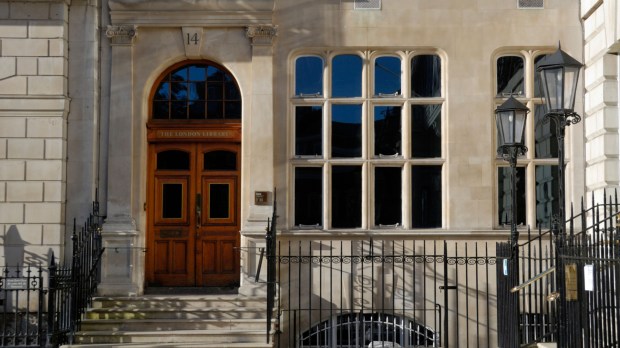
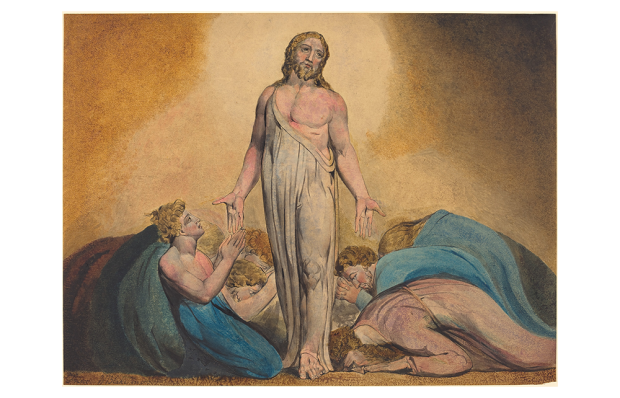
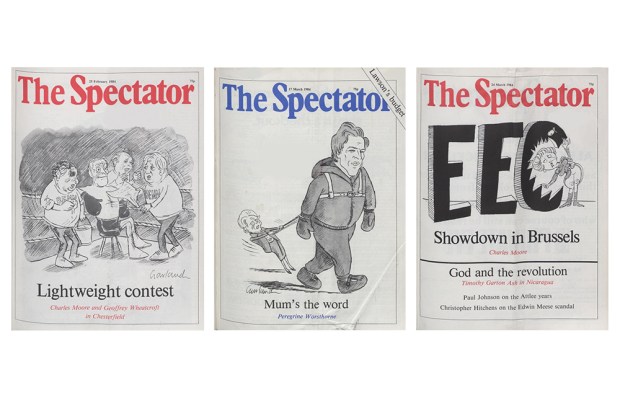
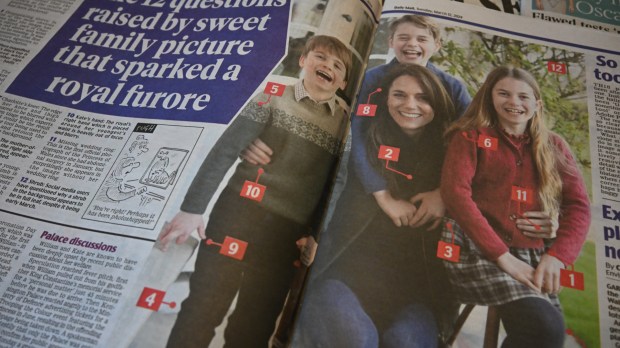
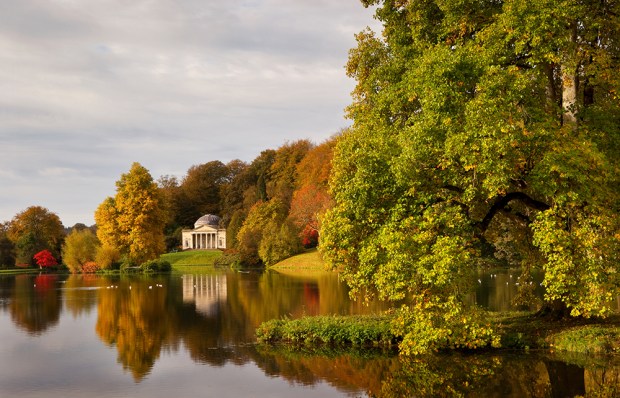







Comments
Don't miss out
Join the conversation with other Spectator Australia readers. Subscribe to leave a comment.
SUBSCRIBEAlready a subscriber? Log in